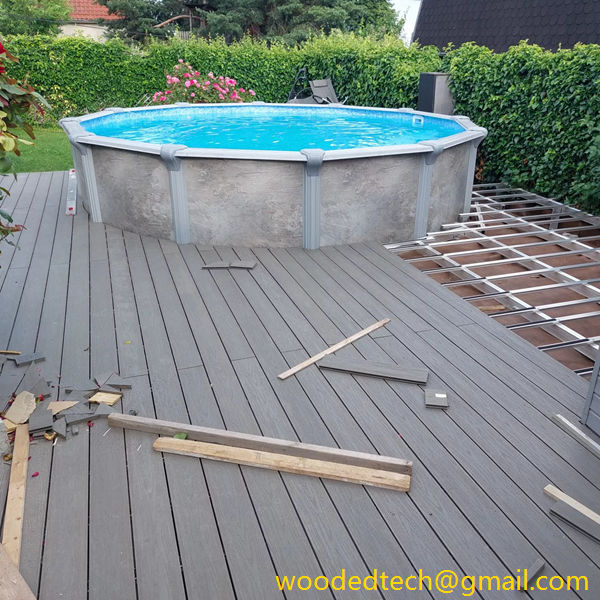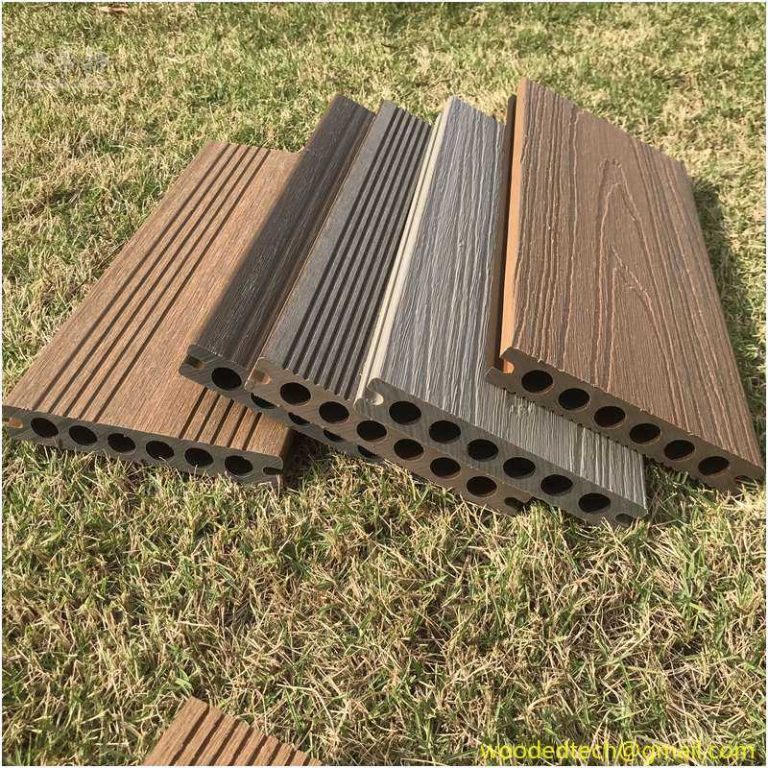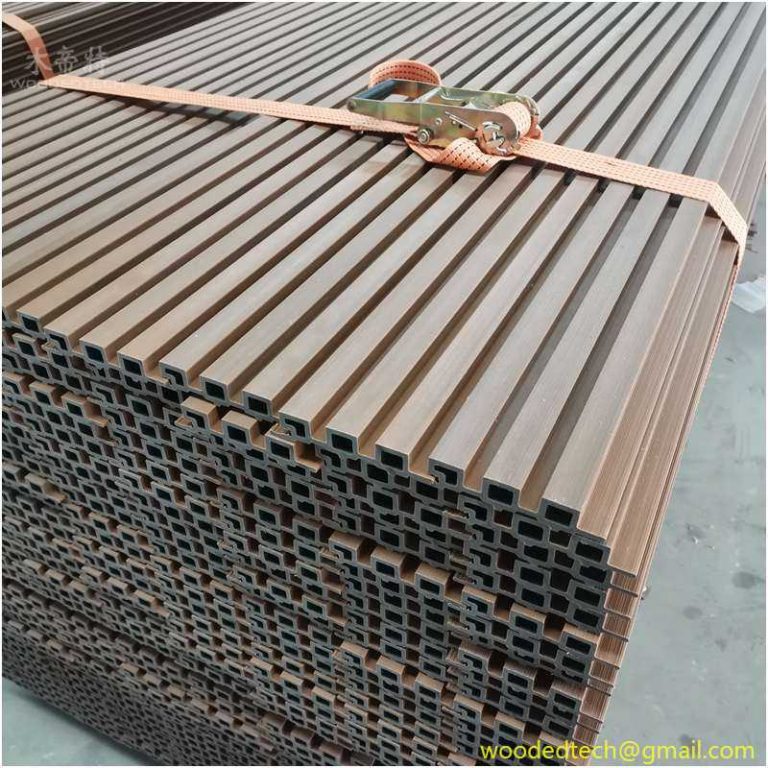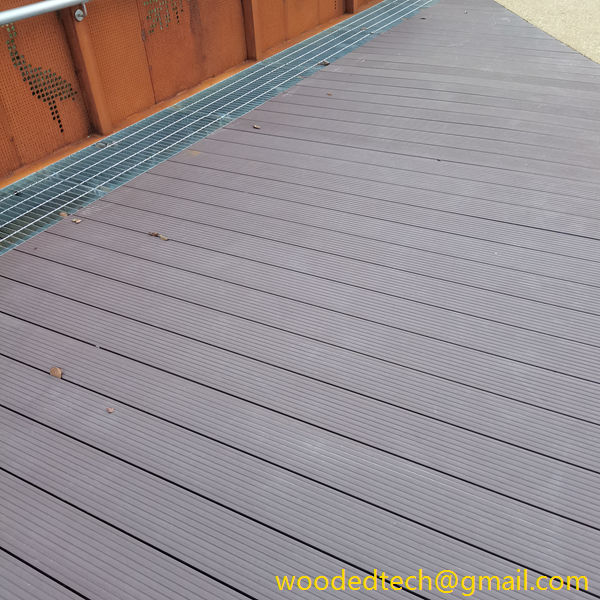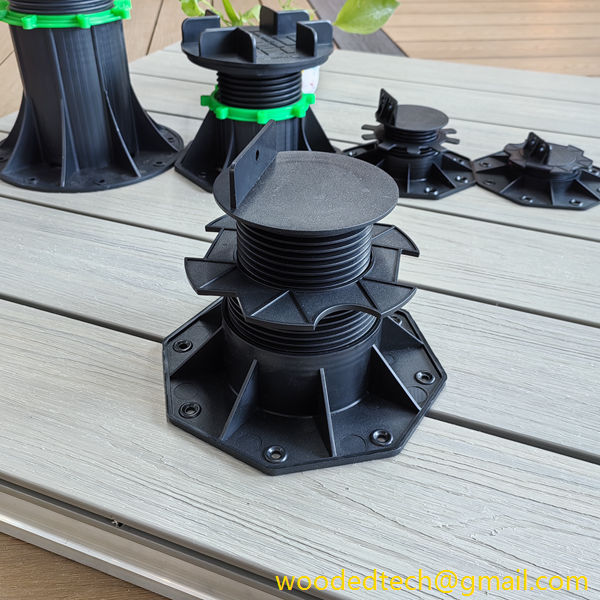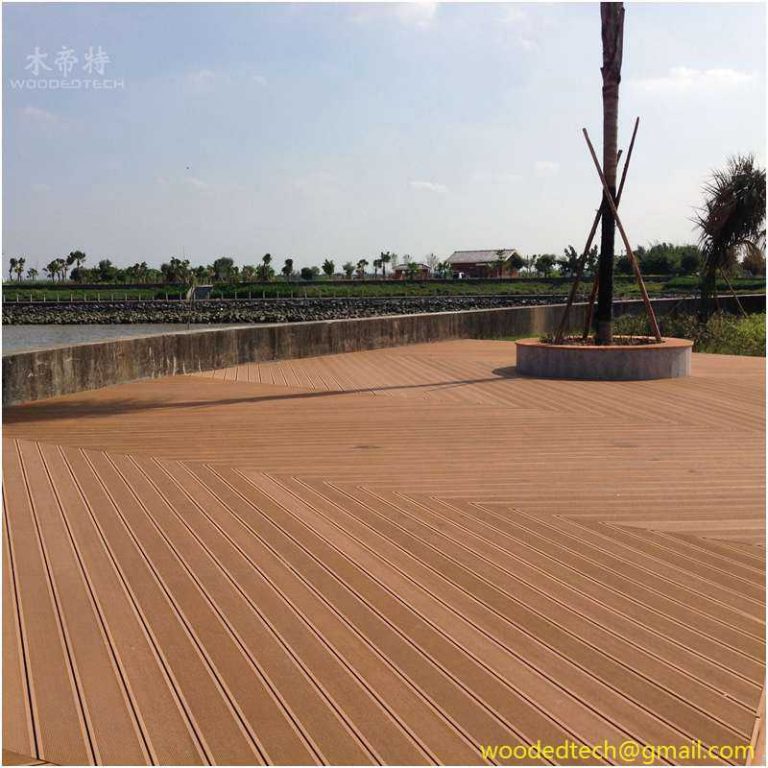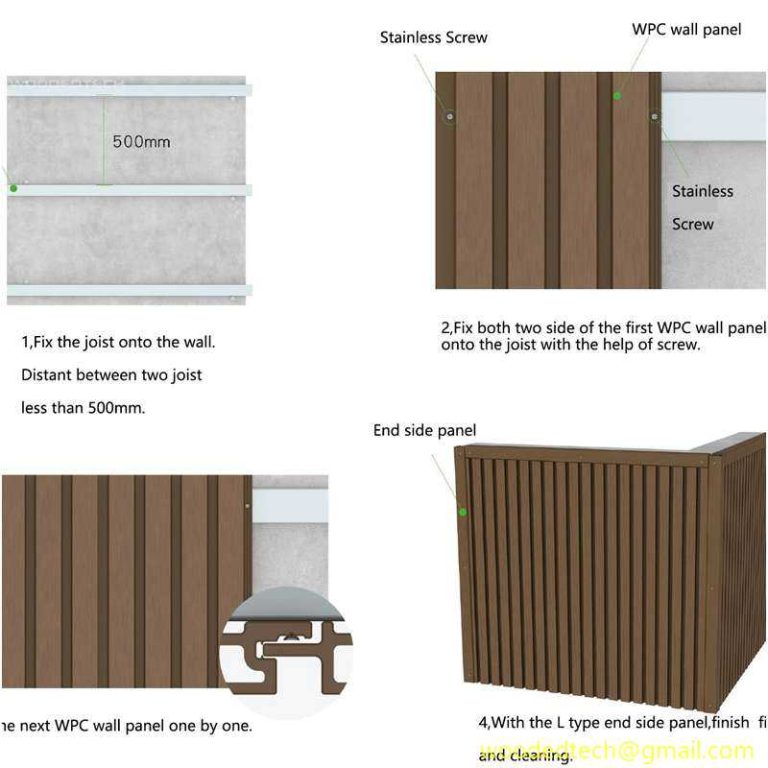are floor joists load bearing
are floor joists load bearing are floor joists load bearing? : Explore its load-bearing capacity within the allowable range With the continuous development of modern construction technology, floor joists, as a common building structural component, are widely used in various types of buildings. So, can floor joists bear loads? The answer is yes. This article…
are floor joists load bearing? : Explore its load-bearing capacity within the allowable range
With the continuous development of modern construction technology, floor joists, as a common building structural component, are widely used in various types of buildings. So, can floor joists bear loads? The answer is yes. This article will analyze in detail are floor joists load bearing and explore its load-bearing performance within the allowable range.
1. Overview of floor joists
Floor joists are a commonly used supporting structure in buildings, mainly made of materials such as steel, wood or aluminum alloy. It mainly supports the ground, separates spaces, and increases the height of floors. Floor joists have the advantages of light weight, convenient construction, and strong load-bearing capacity, so they have been widely used in the construction field.
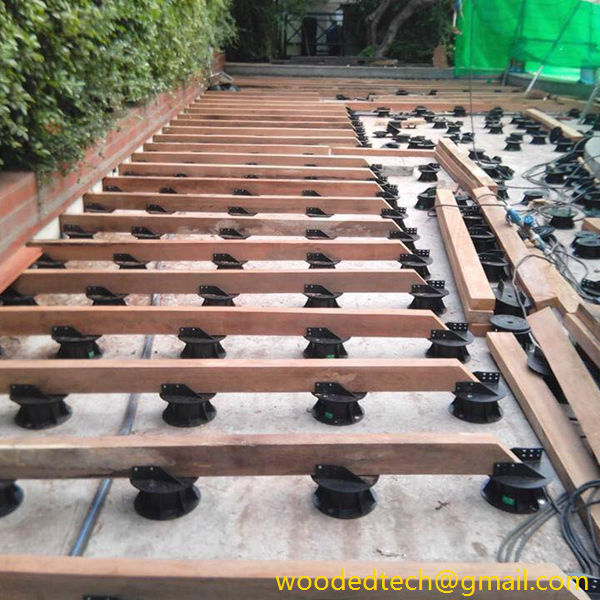
2. The load-bearing principle of floor joists
The load-bearing principle of floor joists is mainly based on their structural mechanical properties. When the floor joist is loaded, its internal stress is transmitted to the support point through the rods, thereby achieving load-bearing. are floor joists load bearing depends on the following factors:
1. Material properties: Floor joists made of different materials have different load-bearing capacities. Generally speaking, steel and aluminum alloy are floor joists load bearing is stronger, while wood are floor joists load bearing is relatively weaker.
2. Section size: The larger the section size of the floor joist, the stronger its load-bearing capacity. Therefore, when designing, the appropriate section size of the floor joist should be selected according to actual needs.
3. Support method: The way of floor joists will also affect its load-bearing capacity. Generally speaking, the load-bearing capacity of fixed supports is better than that of movable supports.
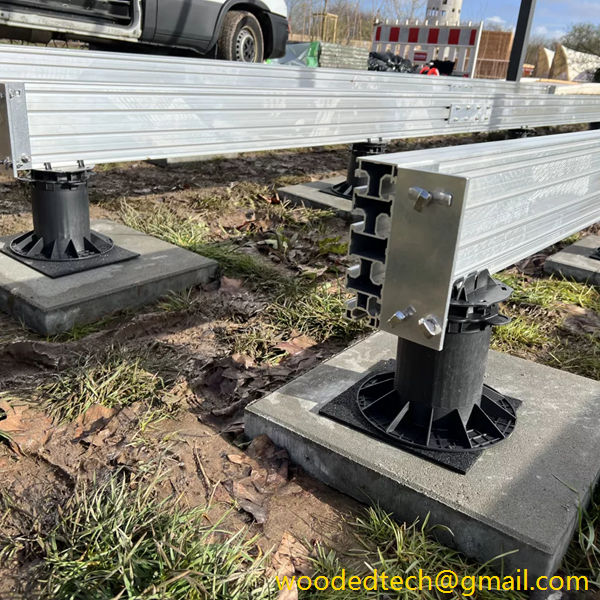
4. Load distribution: The distribution of load on the floor joist will also affect its load-bearing capacity. Evenly distributed loads are conducive to improving are floor joists load bearing, while concentrated loads may cause local damage.
3. are floor joists load bearing
In practical applications, are floor joists load bearing needs to be within the allowable range. The following are several common are floor joists load bearing:
1. Steel floor keel: Steel floor keel has a higher load-bearing capacity and can generally withstand a load of 300-500 kg/m2.
2. Aluminum alloy floor keel: Aluminum alloy are floor joists load bearing is slightly lower than steel floor keel, and can generally withstand a load of 200-300 kg/m2.
3. Wood floor keel: Wood are floor joists load bearing is relatively weak, and can generally withstand a load of 100-200 kg/m2.
IV. Floor keel load bearing precautions
To ensure the load-bearing capacity of the floor keel within the allowable range, the following matters need to be noted:
1. Choose the appropriate floor keel material: According to actual needs, choose a floor keel material with a higher load-bearing capacity.
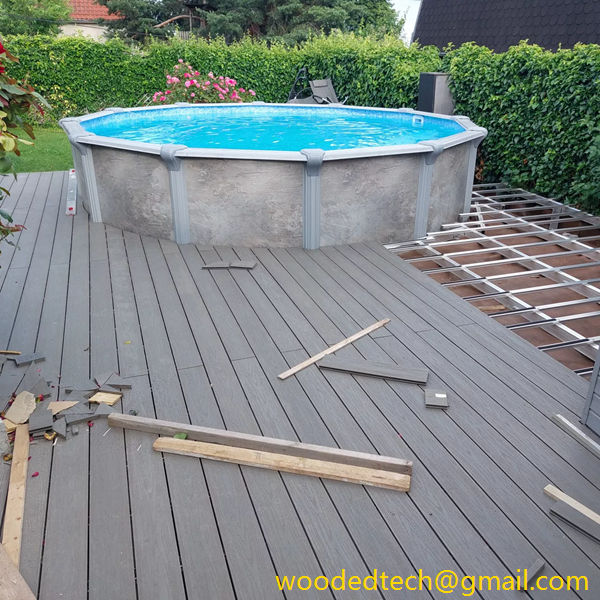
2. Determine a reasonable support method: According to the load size and distribution, choose a suitable support method to ensure the stability and load-bearing capacity of the keel.
3. Control load distribution: During construction and use, try to distribute the load evenly and avoid local concentrated loads.
4. Strengthen inspection and maintenance: Regularly check the use of floor keels, and deal with problems in a timely manner to ensure their normal operation.
In short, floor keels have good load-bearing capacity within the allowable range. Through reasonable design, construction and use, the load-bearing advantages of floor keels can be fully utilized to provide strong protection for building safety.

